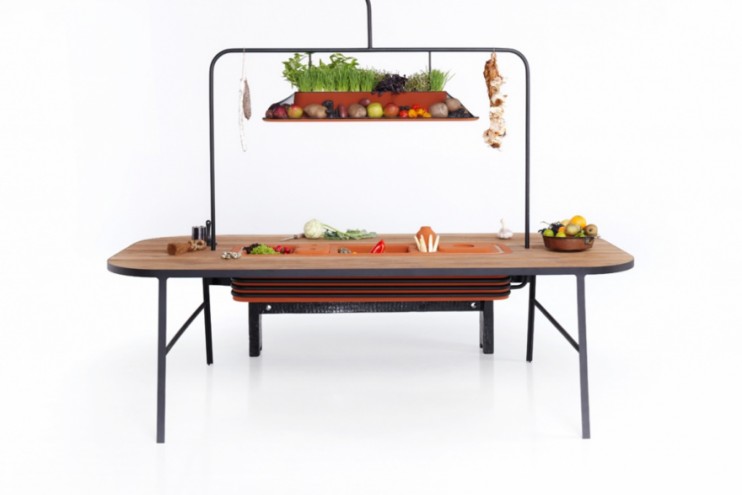Despite his title and the complexity of the projects that he works on, Clive van Heerden has a very simple way of describing his work: “I explore how art and design can be used as an instrument in innovation.”
The South African-born Van Heerden joined Philips Research in 1995 and for the past 17 years has been working to bring design further up the innovation food chain.
Currently the director of Design-Led Innovation at Philips Design, Van Heerden’s most prolific project of the moment is the “Probes” programme. Probes is an initiative dedicated to “far-future” research to track trends, identify long-term systemic shifts and anticipate the changes and needs in future lifestyles.
Van Heerden takes issue with the fact that design is almost exclusively seen to be about beautification, rather than being acknowledged for its transformative powers. He believes that design needs to be brought into the technical research lab to help change the innovation process. “We use artists and designers from the most unlikely disciplines because they all bring different ideas and processes to the task. This helps to turn methodological tension into creative tension.”
A glimpse into the future and the problems we will likely be faced with in 10 or 20 years’ time starts with asking uncomfortable questions, Van Heerden explains. This intuitive ability to imagine a probable future is based on past knowledge, which appears to be easy enough if this extends only to technical capabilities. As Van Heerden puts it:
The problem with technical research in isolation is that it almost always has predetermined outcomes. But designers can help to find things in the peripheral vision, which helps to shake things up.
Taking it further, Van Heerden underlines again that it’s about bringing design into the technical innovation process as early as possible because that is where it should be having the impact.
The Probes programme, which Van Heerden leads, uses non-technical people to step outside the predetermined technologist approach to innovation. They prefer the so-called “non-technical” types and artists because “artists have an amazing ability to think abstractly”. Understanding the abstract problems is where the real work lies because, as Van Heerden explains, “just about any technical problem can be solved; that is a relatively sure-fire thing. The problem is in identifying the problem in the first place”.
Going to work for Van Heerden and the Probes team means materialising a probable future and testing it with materialised provocations in the form of movies, prototypes and installations . “It’s about testing people’s intuitive reactions to some of the solutions,” he says.
A meta-theme in the work that Van Heerden does involves understanding the transition from an electro-mechanical universe to a biological one. In the future, many of the solutions to lifestyle problems may well be found in natural systems, Van Heerden iterates.
The interdependency found in biological systems, the way that everything works as a set of interconnected organisms, is starting to affect our thinking.
If we look to cities – a major area of interest for Probes at the moment – we see that sanitation is not connected to energy, which is not connected to food production, and so it goes on. It is in this disconnect that many of the problems come in.
The Microbial Home, one of the more recent Probes initiatives, is a domestic ecosystem that challenges conventional solutions relating to energy, cleaning, preserving food, lighting and human waste. In this system, all the typically domestic functions are part of the same network, ensuring that one thing’s output becomes another’s input.
For Van Heerden, it is essential that designers and artists be involved in the technical and innovation processes that result in probable solutions such as the Microbial Home.
It is a lack of critical questioning that has allowed the emergence of many of the technologies that have messed the planet up. We’ve landed up with all sorts of junk because nobody is challenging the processes by which things are brought into the world. Design has a political imperative to ask uncomfortable questions.
Looking to the probable problems of the future and working to find possible solutions, Van Heerden is steadfast in his belief that sustainable solutions will only be found by involving designers, from the broadest range of specialisations, to think beyond the tech, beyond the borders and beyond the obvious. Van Heerden is inspired by design that goes beyond, right into the future.












